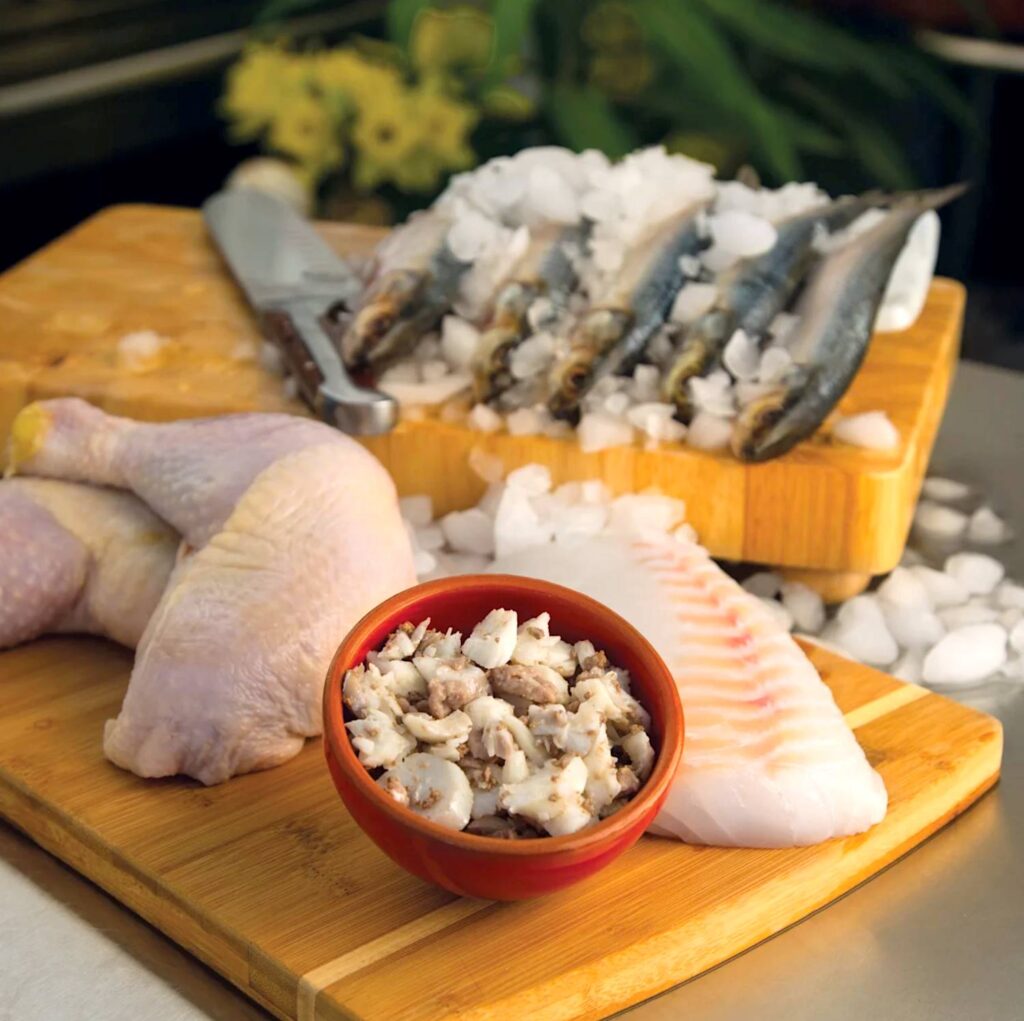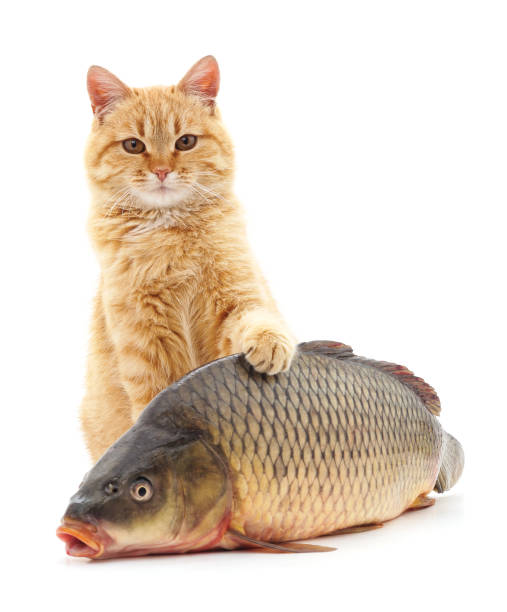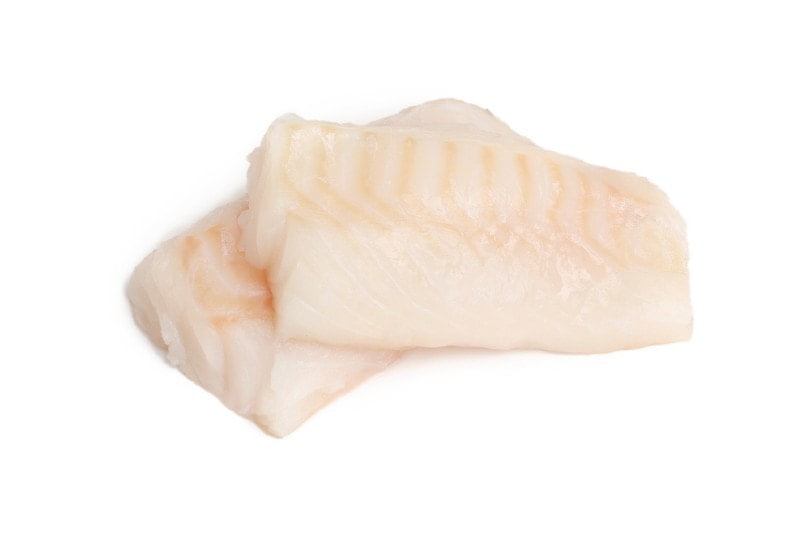How to Cook White Fish For Cats

As caring cat owners, we know how important it is to give our pet cats a balanced diet that keeps them healthy. Adding white fish to their meals not only makes things more interesting but also brings a bunch of benefits. In this guide, we will teach you how to cook white fish for cats, making sure they get a tasty and nutritious meal that they will love.
White fish is like a superfood for cats. It’s full of good protein, omega-3 fatty acids, and important nutrients. This means it helps them build strong muscles, keeps their skin and fur in great shape, supports their joints, and boosts their immune system. Now that we know all the ways white fish can help our cats, we’ll take you through the process of cooking it step-by-step. We’ll make sure you can prepare a meal that’s not only yummy but also gives your pet cat all the goodness they need to thrive.
Understanding the Benefits of Cooking White Fish for Cats
White fish is a nutritional powerhouse for cats, offering a range of benefits that support their overall health. Let’s explore these benefits in more detail:
- High-quality Protein: Cats are obligate carnivores, meaning they require a diet rich in animal-based protein. White fish is an excellent source of high-quality protein, containing all the essential amino acids necessary for muscle development and repair. Protein is vital for maintaining healthy muscles, supporting growth in kittens, and ensuring optimal body function.
- Omega-3 Fatty Acids: White fish is rich in omega-3 fatty acids, particularly eicosapentaenoic acid (EPA) and docosahexaenoic acid (DHA). These fatty acids have numerous health benefits for cats. They play a crucial role in promoting healthy skin and a lustrous coat, helping to reduce dryness, itching, and flakiness. Omega-3 fatty acids also support joint health by reducing inflammation and improving mobility. Furthermore, they contribute to the overall well-being of cats by boosting their immune system and supporting brain function.
- Essential Nutrients: White fish contains essential nutrients that cats require for optimal health. It is a good source of vitamins such as vitamin D, which aids in calcium absorption and supports bone health. Additionally, it provides minerals like selenium, which acts as an antioxidant, and iodine, which is essential for thyroid function.
By incorporating white fish into your cat’s diet, you provide them with a natural and easily digestible source of these beneficial nutrients. However, it’s important to note that while white fish offers many advantages, it should be part of a balanced diet. Combining it with other protein sources and cat-specific commercial foods ensures that your cat receives a comprehensive range of nutrients for optimal health.
Choosing the Right White Fish for Your Cat

When it comes to choosing the right white fish for your cat, there are a few factors to consider to ensure their safety and well-being.
- Low-Mercury Varieties: High levels of mercury can be detrimental to your cat’s health, so it’s important to opt for low-mercury fish varieties. Good options include cod, haddock, and flounder, as they typically have lower levels of mercury compared to other fish species. These varieties are generally considered safe for cats to consume on a regular basis.
- Fresh or Frozen: When purchasing white fish for your cat, it’s essential to source it from reputable suppliers. Fresh fish should have clear eyes, a mild oceanic smell, and firm flesh. If fresh fish is not available, opt for frozen fish instead. Frozen fish can retain its nutritional value and is often more convenient to store and use.
- Avoid Additives, Preservatives, and Seasoning: When selecting white fish for your cat, ensure that it is free from any additives, preservatives, or seasoning. Some commercially available fish products may contain harmful ingredients like salt, garlic, or onion powder, which can be toxic to cats. Stick to plain, unseasoned white fish to ensure the safety and well-being of your feline friend.
By choosing low-mercury varieties, sourcing from reliable suppliers, and avoiding additives, preservatives, and seasoning, you can confidently select white fish that will provide your cat with a safe and healthy dining experience. Always prioritize the quality and safety of the fish you choose to include in your cat’s meals.
Preparing White Fish for Your Cat’s Meal

Preparing white fish for your cat’s meal requires a few important steps to ensure their safety and enjoyment. Let’s dive into the details and learn how to prepare white fish for your feline friend.
- Defrosting: If you’re using frozen fish, it’s crucial to thaw it properly before cooking. The best method is to thaw the fish in the refrigerator overnight. This gradual thawing process ensures that the fish retains its texture and quality. If you’re in a hurry, you can use the defrost function on your microwave, but be cautious not to overcook or partially cook the fish during the process. Never defrost fish at room temperature, as this can promote bacterial growth.
- Removing Bones and Skin: Before cooking the fish, it’s essential to remove any bones, skin, and potential choking hazards. Even small bones can pose a risk to your cat’s health. Take the time to carefully inspect the fish, feeling for any hidden bones. Use a pair of tweezers or clean kitchen pliers to gently remove any bones you come across. This step ensures that your cat’s meal is free from any potential hazards.
In addition to removing bones, it’s advisable to remove the skin from the fish. While some cats may enjoy the texture of the skin, it contains unnecessary fat that can be detrimental to their health if consumed in large quantities. By removing the skin, you’re providing a leaner and healthier meal for your feline companion.
By following these crucial steps of defrosting, removing bones, and eliminating the skin, you’re taking important measures to ensure a safe and enjoyable dining experience for your cat. Now that the fish is ready, let’s move on to the next step: cooking methods.
Cooking Techniques for White Fish
Cooking white fish for your cat can be done using various techniques to ensure a tasty and nutritious meal. Let’s explore three popular cooking methods: baking, steaming, and poaching.
Baking:
- Preheat the oven to 350°F (175°C).
- Place the prepared fish on a baking sheet lined with parchment paper. This prevents sticking and makes cleanup easier.
- Bake the fish for approximately 15-20 minutes or until it flakes easily with a fork. Cooking time may vary depending on the thickness of the fish.
- Ensure that the fish is thoroughly cooked to eliminate any harmful bacteria that may be present. Overcooking should be avoided to retain its moisture and flavor.
Steaming:
- Place the fish in a steamer basket or on a heatproof dish over boiling water. Ensure that the water level is below the fish.
- Cover the steamer and steam the fish for around 10-15 minutes or until it is cooked and tender. The cooking time may vary depending on the size and thickness of the fish.
- Steaming helps retain the fish’s natural flavors and nutrients, making it a healthy cooking method for your cat.
Poaching:
- Fill a shallow pan with water or a feline-friendly broth. The liquid should be enough to cover the fish.
- Bring the liquid to a gentle simmer over medium heat.
- Carefully place the fish in the simmering liquid and let it cook for about 10-15 minutes. Ensure that the liquid does not boil vigorously.
- Poaching allows the fish to retain its moisture while infusing it with subtle flavors from the liquid. It’s a gentle cooking method that results in tender and flavorful fish for your cat.
By using these cooking techniques, you can prepare white fish for your cat in different ways, each offering a unique texture and flavor profile. Remember to let the cooked fish cool down before serving it to your pet cat, and always check for any remaining bones before serving.
Serving and Storage

Serving and storing white fish for your cat requires careful consideration to maintain its freshness and ensure proper portioning. Here are some tips to guide you:
Serving Sizes: The serving size of white fish for your cat depends on their weight, age, and overall dietary needs. As a general guideline, offer approximately 1-2 tablespoons of cooked fish per meal for an average-sized adult cat. However, it’s essential to adjust the portion size based on your cat’s specific requirements. Factors such as activity level, health condition, and weight goals should be taken into account. Consulting your veterinarian will help you determine the appropriate serving size for your feline companion.
Cooling and Portioning: After cooking the fish, allow it to cool completely before serving it to your cat. This ensures that the fish is at a safe temperature for consumption. Once cooled, it’s advisable to divide the fish into appropriate portions. Portioning the fish makes it easier to serve and prevents excessive handling, maintaining its freshness.
Storage: To preserve the freshness of any leftover cooked fish, store it in an airtight container in the refrigerator. Properly stored, it can typically last for 2-3 days. If you have larger quantities or want to save portions for later use, freezing is an excellent option. Use freezer-safe containers or bags to store the fish in individual portions. Don’t forget to label the containers with the date for easy reference. When frozen, white fish can generally be stored for up to 3 months while retaining its quality.
By following these serving and storage guidelines, you can ensure that your cat receives fresh and properly portioned white fish, promoting their enjoyment and maintaining their health and well-being.
Additional Considerations and Tips
When preparing white fish for your cat, there are a few additional considerations and tips to keep in mind for their overall health and well-being:
Allergies and Dietary Restrictions: Just like humans, cats can develop allergies or have dietary restrictions. When introducing fish into their diet, monitor your cat for any adverse reactions. If you notice symptoms such as vomiting, diarrhea, or skin issues, it may indicate an allergic reaction. In such cases, discontinue feeding fish and consult your veterinarian for further guidance.
Consult with a Veterinarian: It’s always a good idea to consult with a veterinarian before making any significant changes to your cat’s diet. They can provide personalized advice based on your cat’s specific needs, taking into consideration any existing health conditions or dietary restrictions. Your vet can also recommend the ideal portion sizes and frequency of feeding white fish to ensure your cat’s nutritional needs are met.
Balanced Diet: While white fish is a nutritious protein source, it should be part of a balanced diet for your cat. To provide a variety of nutrients, consider rotating different protein sources in their meals. Additionally, commercially formulated cat foods are designed to provide complete and balanced nutrition. Combining white fish with high-quality cat food ensures that your cat receives all the essential nutrients they need for optimal health.
By being mindful of any allergies or dietary restrictions, seeking guidance from a veterinarian, and incorporating white fish as part of a balanced diet, you can ensure that your cat enjoys the health benefits of fish while maintaining a well-rounded and nutritious eating routine.
Conclusion
In conclusion, cooking white fish for cats is a rewarding endeavor that allows you to provide your feline companion with a nourishing and enjoyable meal. With the knowledge gained about the benefits of white fish, the importance of choosing safe options, and the various cooking techniques available, you can confidently create a culinary experience that will delight your cat’s taste buds. You can also cook mackerel for your cat, as it is another source of good fish protein for them.
However, it’s crucial to remember that moderation is key. While white fish offers valuable nutrients, it should be incorporated into a balanced diet that includes other protein sources and commercially formulated cat food. Consulting with a veterinarian ensures that you make informed decisions regarding your cat’s dietary needs and any potential allergies or restrictions they may have.
So, with the proper precautions and considerations in mind, embrace the opportunity to cook fish for your beloved feline companion. Witness the joy and satisfaction on their face as they indulge in a meal that not only nourishes their body but also strengthens the bond between you and your pet cat.


